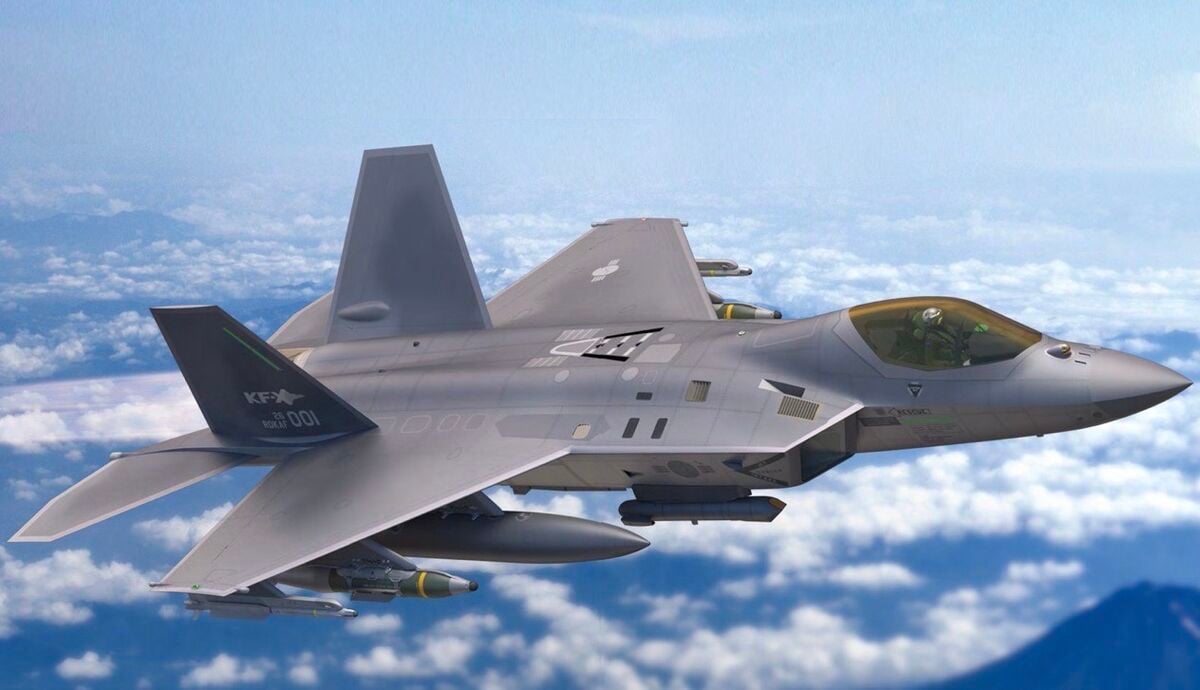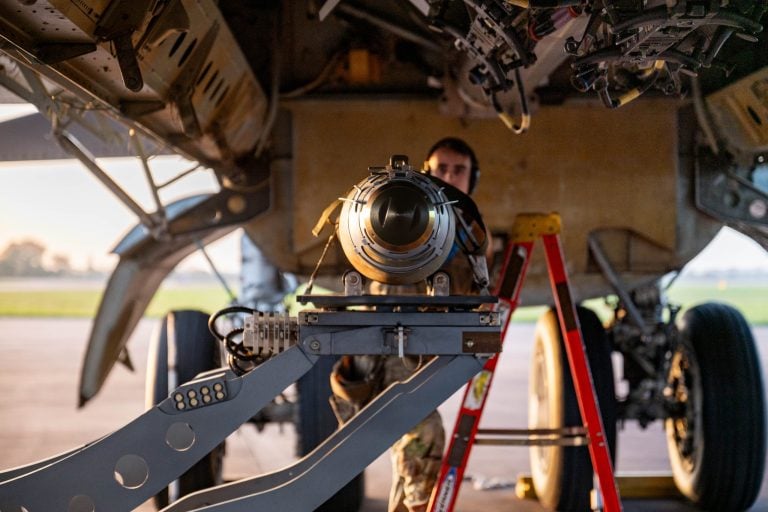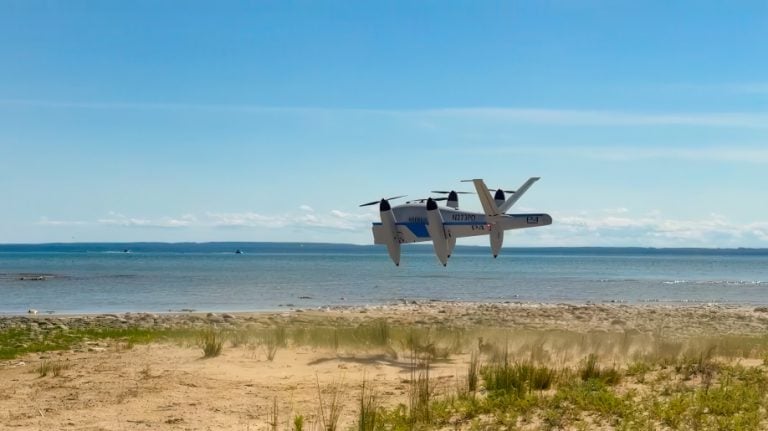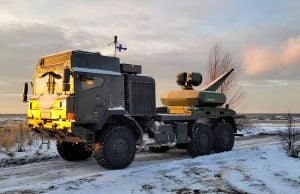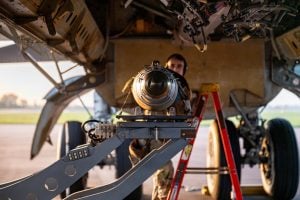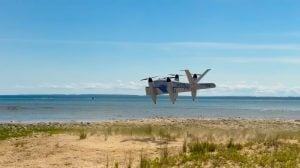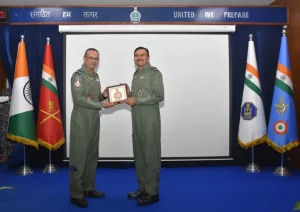In a significant advancement for South Korea’s aerospace industry, the Korea Institute of Materials Science (KIMS) and Hanwha Aerospace have inaugurated a joint research center focused on the development of crucial materials for aircraft engines. This initiative aims to localize the production of these vital components, which will help reduce the nation’s long-standing reliance on foreign suppliers.
The newly established center, located in Changwon, is set to work on technologies for producing advanced engine materials tailored for both traditional aircraft and unmanned aerial systems. This strategic move has been identified as a national priority, reflecting an effort to bolster South Korea’s self-sufficiency and competitiveness in the aerospace sector.
KIMS President Chul-Jin Choi emphasized the importance of the collaboration, stating, “The establishment of this joint research center is the result of strategic cooperation aimed at achieving localization of core aircraft engine materials and enhancing global competitiveness.” He expressed optimism that this partnership will lead to a fruitful integration of fundamental materials research with practical industrial technologies, positioning Korea to achieve autonomy and technological leadership in aerospace and defense.
The focus of the collaboration will include advancing technologies related to forging and heat-resistant coating processes for critical engine materials, particularly nickel- and titanium-based alloys. To support these efforts, KIMS will utilize its advanced testing infrastructure, which features ultra-high-temperature testing facilities. This comprehensive setup allows for a full cycle of capabilities—encompassing research and development, testing, evaluation, and mass production.
Adding to this momentum, Hanwha Aerospace recently showcased a self-developed aircraft engine prototype at the Farnborough Airshow 2024. This turbofan engine, specifically designed for the KF-21 Boramae and future unmanned aerial systems, is engineered to deliver an impressive thrust of 15,000 pounds (6,804 kilograms). Notably, the new engine maintains the same dimensions as the existing F414-GE-400 engine that powers the KF-21, yet it is reported to offer enhanced performance with an overarching goal of completely replacing the F414 in the long run.
With these initiatives, KIMS and Hanwha Aerospace are poised to make substantial contributions to advancing South Korea’s aerospace capabilities, paving the way for greater technological independence and innovation in the sector.
